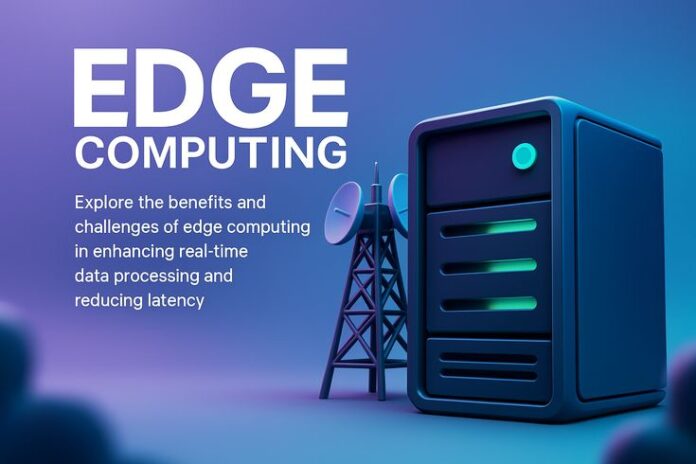As more and more companies use edge and private computing solutions, the computing landscape is changing dramatically. Edge computing moves processing closer to the source, whether it be on local servers, personal devices, or industrial machinery, in contrast to traditional centralized cloud computing, which processes data in huge, distant servers. The need for improved privacy, quicker data processing, and less dependence on big cloud providers is what is causing this change. Edge computing is being adopted by businesses in a variety of industries, including manufacturing and healthcare, in order to maximize efficiency and guarantee the security of sensitive data.
Latency reduction is one of the main drivers of this trend. Delays in data transfer to remote cloud servers can jeopardize safety and efficiency for applications like real-time analytics, smart factories, and driverless cars. Devices using edge computing can process data locally and respond almost instantly. This feature is especially useful in applications driven by AI, IoT networks, and industrial automation where milliseconds count. Organizations can attain more dependable operations and quicker decision-making by lowering their reliance on cloud networks.
The trend toward private computing is also being driven by concerns about data security and privacy. Businesses must make sure sensitive customer and operational data is protected in light of expanding regulatory requirements like the CCPA and GDPR. Risks to third parties are reduced when data is processed locally or over a private network. Additionally, businesses can use encryption techniques and security protocols that are unique to their infrastructure. This is especially crucial in industries where data breaches can have disastrous effects, like healthcare, finance, and defense.
Another element that makes edge computing appealing is cost effectiveness. Businesses can lower bandwidth consumption and cloud service costs by processing data locally. Network resources are optimized by sending only pertinent insights rather than vast volumes of raw data to centralized servers. This can result in substantial cost savings over time, particularly for companies handling extensive IoT deployments or AI models that need constant processing.
This trend is being further accelerated by the emergence of localized machine learning models and private AI. Businesses can maintain strong analytical capabilities while lowering their dependency on cloud-hosted services by deploying smaller, more specialized AI models on edge devices. This strategy enables autonomous operations and real-time insights, enabling companies to be more flexible and agile in changing conditions.
In summary, the move toward edge and private computing signifies a significant advancement in the processing, analysis, and security of data. Businesses gain from lower latency, improved privacy, and increased operational efficiency by moving computation closer to the source. Edge computing and private networks are anticipated to become crucial parts of contemporary digital infrastructure as technology develops further, changing sectors and redefining computing’s future.

